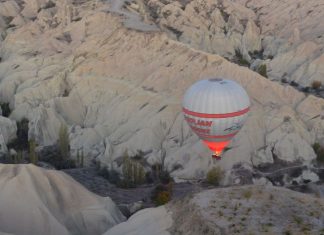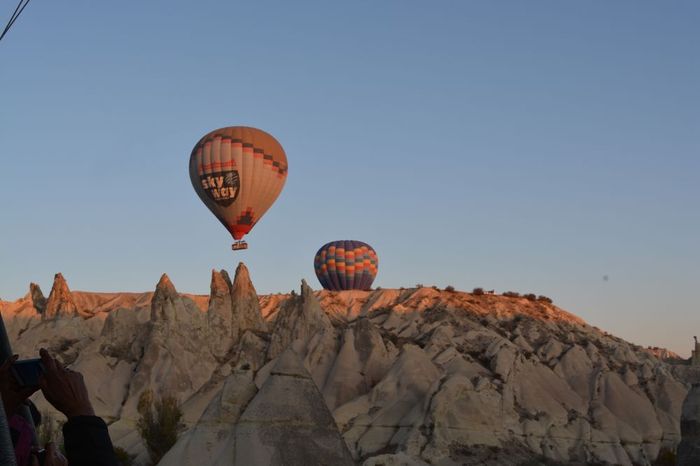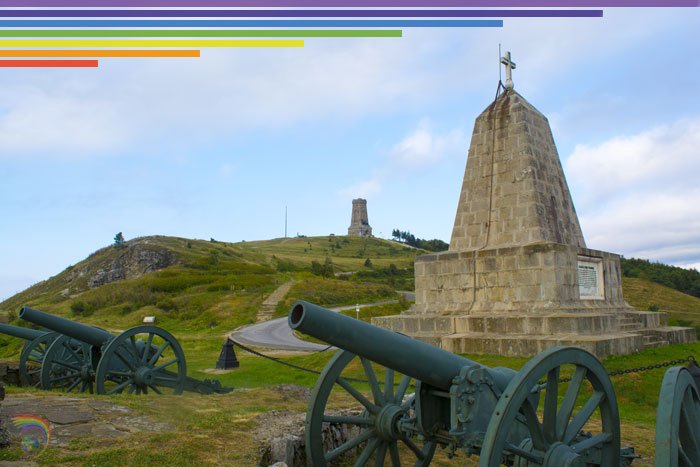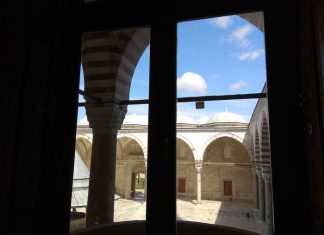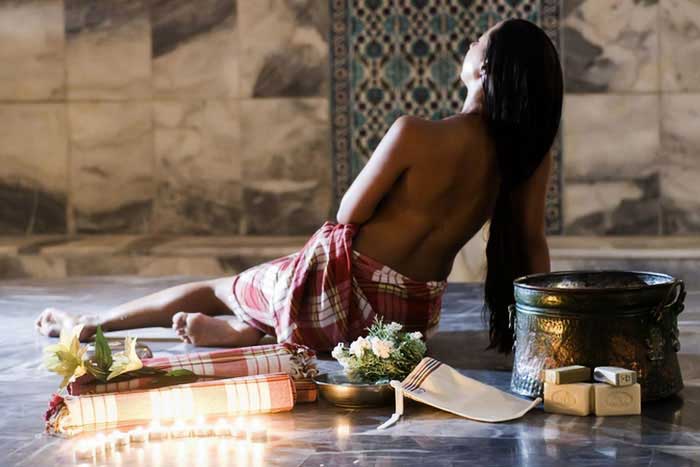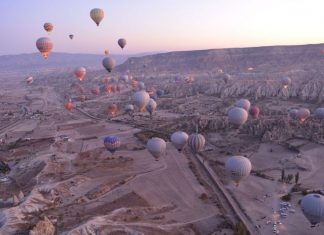Princes’ Islands Tranquil Retreat near Constantinople
Moda Burnu, the protruding promontory nestled between two bays, is a favored residence for the British colony in Constantinople. Offering a breathtaking panorama of...
Maritime Landmarks Bosporus
Maritime Landmarks and Legends along the Bosporus
The prominent square yellow structure neighboring the cemetery, visible from the sea, is Selimieh Barracks. It stands on...
The First Crusade part 30
This took place at the sea-ports; but when the boat was out at sea, they gave him food and attention; and then afterwards the...
The First Crusade part 29
Then you transgressed your oath, disregarded also the terms of peace and after taking this town and handing it over to us, you changed...
The First Crusade part 28
However he accomplished nothing, for his countless attacks were as regularly repulsed, and he could neither win over the Franks by persuasive arguments nor...
The First Crusade part 27
So this Drungaire of the fleet I have mentioned went forth, and anticipating Bohemund’s intentions, repaired the town and restored it to its former...
The First Crusade part 26
The survivors of the Pisan fleet turned their attention to pillaging whatever islands they touched and especially Cyprus; Philocales Eumathius happened to be there...
The First Crusade part 25
When the Pisans caught sight of them they speedily arranged their fleet in battle-order and whetted their minds, as well as their swords, for...
The First Crusade part 24
Butumites meanwhile with Monastras and the picked officers who remained with him, reached Cilicia and found that the Armenians had already concluded a truce...

